A steaming bowl of rich, aromatic soup that warms you from the inside out, packed with hearty chickpeas, tender lentils, and fragrant spices that transport you straight to the bustling markets of Marrakesh. That's exactly what this harira soup recipe delivers, and I'm thrilled to share it with you today. Whether you're breaking fast during Ramadan, looking for a cozy weeknight dinner, or simply craving authentic Moroccan flavors, this harira soup is about to become your new favorite.
I've spent years perfecting this harira soup recipe, learning from Moroccan grandmothers and home cooks who've been making this beloved dish for generations. What makes this version special is how it balances traditional authenticity with modern convenience; you get all those complex, layered flavors without spending hours in the kitchen. Trust me, once you taste this tomato-based harira soup brimming with protein-rich legumes and aromatic herbs, you'll understand why it's considered Morocco's most treasured comfort food.
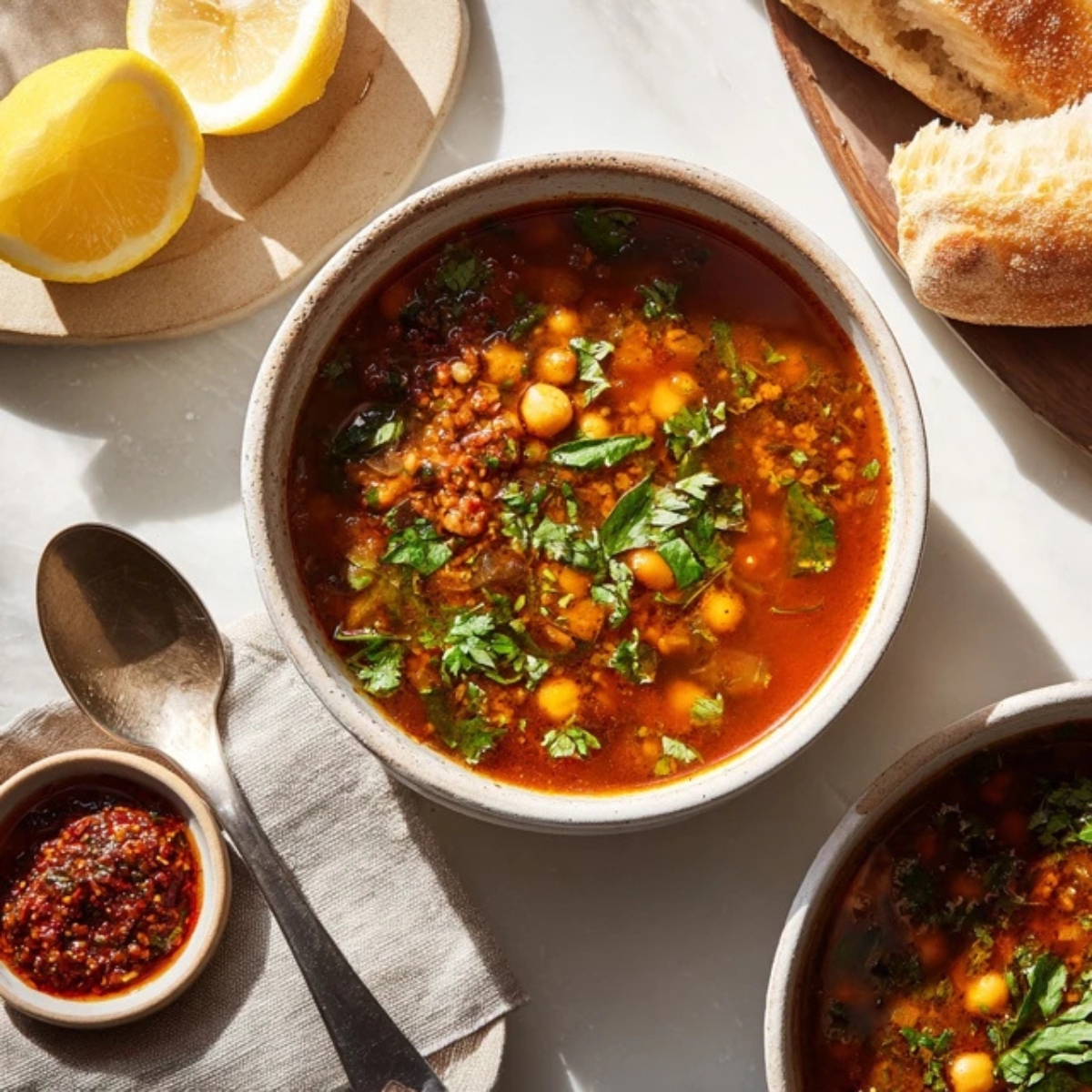
Background & Why This Harira Soup Stands Out
Harira soup holds a sacred place in Moroccan cuisine, traditionally served to break the fast during Ramadan, but loved year-round as the ultimate comfort food. This North African soup recipe dates back centuries, with each region and family adding their own special touch; some prefer lamb or beef, while others keep it vegetarian or vegan. The magic of harira soup lies in its perfectly balanced blend of chickpeas and lentils swimming in a spiced tomato broth, finished with fresh cilantro and parsley that brighten every spoonful.
What sets this particular harira soup apart is its foolproof technique that guarantees perfectly cooked legumes and a velvety broth every single time. I've streamlined the traditional method without sacrificing any of the authentic flavors that make this Moroccan lentil soup so special. The secret is in layering the spices, allowing the tomatoes to concentrate, and adding the fresh herbs at just the right moment. Whether you're making harira soup for iftar, a cold winter evening, or meal prep for the week, this recipe delivers restaurant-quality results that'll have everyone asking for seconds.
Jump to:
Ingredients
For the Base
- Dried chickpeas (or 2 cans, drained and rinsed for quicker prep)
- Brown or green lentils, rinsed
- Onion, finely diced
- Celery stalks, chopped
- Garlic cloves, minced
- Olive oil
- Lamb shoulder or beef chuck, cut into small cubes (optional; omit for vegetarian version)
For the Broth & Spices
- Crushed tomatoes
- Tomato paste
- Vegetable or chicken stock
- Ground cumin
- Ground coriander
- Turmeric
- Ground ginger
- Cinnamon
- Black pepper
- Salt to taste
For Finishing
- Vermicelli pasta or broken angel hair
- Fresh cilantro, chopped
- Fresh parsley, chopped
- All-purpose flour mixed with ¼ cup water (for thickening)
- Juice of 1 lemon
- Harissa paste for serving (optional)
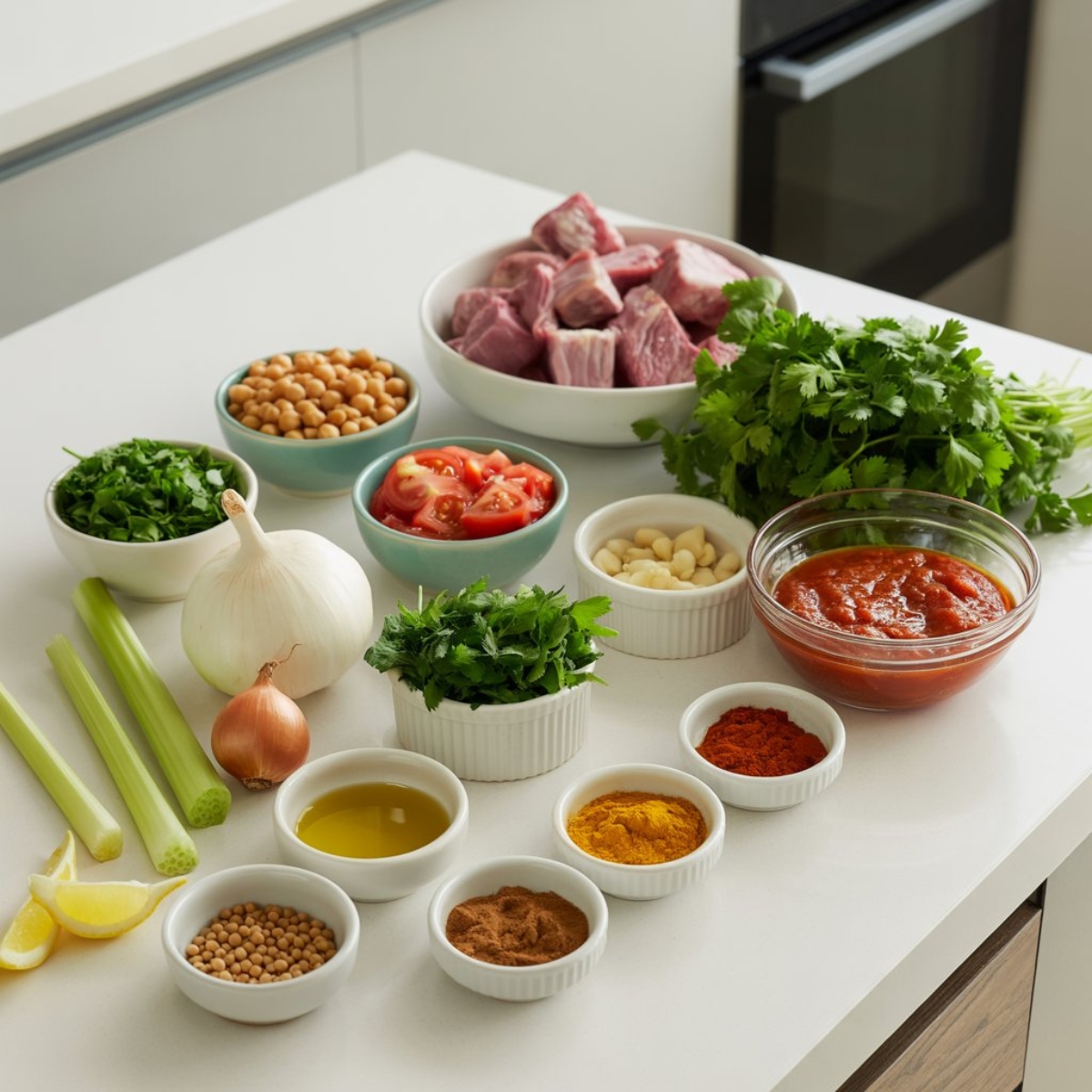
See recipe card for quantities.
Instructions
Step 1: Prepare Your Legumes and Aromatics
- 1. If using dried chickpeas, soak them overnight in cold water with a pinch of salt; this cuts cooking time significantly and makes them more digestible.
- 2. Rinse your lentils thoroughly in a fine-mesh strainer until the water runs clear; this removes excess starch and prevents cloudiness in your soup.
- 3. Dice your onion finely and chop the celery into small pieces; uniform cuts ensure even cooking throughout your harira.
- 4. Mince the garlic and set aside; crushing it releases more flavor compounds that'll infuse beautifully into the broth.
Step 2: Build the Flavor Foundation
- 1. Heat olive oil in a large, heavy-bottomed pot over medium heat until shimmering but not smoking.
- 2. If using meat, brown the lamb or beef cubes in batches for 3-4 minutes per side until deeply caramelized; this step adds incredible depth to your harira soup.
- 3. Add the diced onion and celery to the pot, cooking for 5-6 minutes until softened and fragrant.
- 4. Stir in the minced garlic and cook for 30 seconds until aromatic; be careful not to burn it.
- 5. Add all your ground spices (cumin, coriander, turmeric, ginger, cinnamon, pepper) and stir constantly for 1 minute; toasting the spices awakens their essential oils and intensifies their flavor.
- 6. Mix in the tomato paste and cook for 2 minutes, stirring frequently; this caramelizes the paste and removes any raw taste.
Step 3: Simmer the Soup to Perfection
- 1. Pour in the crushed tomatoes and stir well to combine everything, scraping up any browned bits from the bottom of the pot.
- 2. Add your drained chickpeas (if using dried and pre-soaked) and lentils to the pot, stirring to coat them in the tomato mixture.
- 3. Pour in the stock and bring everything to a boil over high heat.
- 4. Once boiling, reduce heat to low, cover partially, and simmer for 45-60 minutes until chickpeas and lentils are completely tender; if using canned chickpeas, add them after 30 minutes of cooking.
- 5. Check occasionally and add more water or stock if the soup becomes too thick; harira should be hearty but still spoonable.
Step 4: Add Final Touches
- 1. When the legumes are tender, stir in the vermicelli pasta and cook for 5-7 minutes until al dente.
- 2. Mix your flour with water to create a smooth slurry, then slowly drizzle it into the soup while stirring constantly; this traditional technique gives harira its signature silky texture.
- 3. Add the chopped cilantro and parsley, reserving a handful for garnish; these fresh herbs are non-negotiable for authentic harira soup flavor.
- 4. Squeeze in fresh lemon juice and taste for seasoning, adding salt as needed; the brightness of lemon balances the rich, earthy flavors perfectly.
- 5. Let the soup simmer for another 2-3 minutes to marry all the flavors, then remove from heat.
Expert Cooking Tips
- Soaking matters more than you think: If you're using dried chickpeas, don't skip the overnight soak. Not only does it reduce cooking time by nearly half, but it also makes the chickpeas creamier and easier to digest. Add a teaspoon of baking soda to the soaking water to soften them even faster.
- Layer your spices for maximum impact: The key to restaurant-quality harira soup is blooming your spices in oil before adding liquids. This quick 60-second toast in hot oil releases aromatic compounds that raw spices simply can't deliver. Your kitchen will smell incredible, and your soup will taste even better.
- Meat is optional but adds incredible depth: While vegetarian and vegan harira soup is absolutely delicious, adding lamb or beef creates a richer, more complex broth. If you choose to include meat, don't rush the browning step; those caramelized bits are pure flavor gold.
- The flour slurry is traditional for a reason: That flour-water mixture might seem old-fashioned, but it creates harira's signature velvety consistency without making it heavy. Pour it slowly while stirring to avoid lumps, and watch your soup transform into liquid comfort.
- Fresh herbs are your secret weapon: Never use dried cilantro and parsley in this recipe. The fresh herbs added at the end provide a bright, herbaceous note that cuts through the richness and makes each spoonful sing. Chop them right before adding for maximum flavor.
- Temperature control equals tender legumes: Keep your simmer gentle and steady. Rapid boiling can cause lentils to break apart and chickpeas to burst, creating a mushy texture. Low and slow wins the race for perfectly cooked harira soup.
Recipe Variations & Substitutions
- Make it vegetarian or vegan: Simply omit the meat and use vegetable stock instead of chicken stock. The soup will be just as hearty and satisfying, relying on the chickpeas and lentils for protein and substance. Many Moroccan families enjoy meatless harira, especially during Ramadan.
- Protein alternatives: Can't find lamb or don't eat red meat? Substitute with chicken thighs cut into small pieces, or try ground beef for quicker cooking. Each protein brings its own character to this Moroccan chickpea soup.
- Gluten-free adaptation: Replace the flour thickener with 2 tablespoons of cornstarch mixed with water, or simply puree one cup of the cooked soup and stir it back in for natural thickening. Skip the vermicelli or use gluten-free rice noodles instead.
- Spice level customization: Traditional harira soup is warming but not fiery hot. However, if you love heat, stir in harissa paste during cooking or serve it on the side. Start with 1 teaspoon and adjust to your preference.
- Legume variations: Feel free to use red lentils for a creamier texture (they'll break down more), or add white beans alongside chickpeas for extra heartiness. Some regions of Morocco use fava beans, which add wonderful earthiness.
- Quick weeknight version: Use canned chickpeas and red lentils (which cook in 15 minutes) to cut cooking time down to 30 minutes total. While not as deeply flavored as the traditional method, it's still delicious for busy nights.
Equipment Recommendations
- Large heavy-bottomed pot or Dutch oven (6-8 quarts): Essential for even heat distribution and preventing scorching; this is where your harira soup magic happens.
- Wooden spoon: Perfect for stirring without scratching your pot and scraping up those flavorful browned bits.
- Fine-mesh strainer: Necessary for rinsing lentils and draining chickpeas thoroughly.
- Sharp chef's knife: Makes chopping herbs, onions, and celery quick and efficient.
- Ladle: For serving your beautiful harira soup without making a mess.
- Immersion blender (optional): If you prefer a partially blended, creamier soup, use it to pulse a few times right in the pot.
Storage & Meal Prep Tips
- Refrigerator storage: Let your harira soup cool completely, then transfer to airtight containers. It keeps beautifully for 4-5 days in the fridge, and the flavors actually deepen overnight. The pasta may absorb some liquid, so add a splash of water or stock when reheating.
- Freezing for later: This soup freezes exceptionally well for up to 3 months. Cool completely, portion into freezer-safe containers or bags, and label with the date. Pro tip: freeze it before adding the pasta and fresh herbs, then stir those in when reheating for the freshest taste and best texture.
- Reheating methods: Thaw frozen harira soup overnight in the fridge, then reheat gently on the stovetop over medium-low heat, stirring occasionally. Add extra stock if needed to reach your desired consistency. Microwave individual portions on 50% power, stirring every minute.
- Meal prep strategy: Make a double batch on Sunday and enjoy it throughout the week. The soup gets better with time, making it perfect for meal prep. Pack it in mason jars with fresh herbs and lemon wedges on the side for work lunches.
- Pasta considerations: If you're meal prepping, consider cooking the vermicelli separately and adding it to individual portions when serving. This prevents it from becoming mushy after several days of storage.
The Grandmother's Touch That Changes Everything
Here's what separates good harira soup from unforgettable harira soup: the timing of your fresh herbs. Most recipes tell you to add cilantro and parsley at the end, but Moroccan grandmothers know to reserve half and add it in two stages. Mix half into the soup during the last 5 minutes of cooking, allowing the herbs to infuse the broth with their essence. Then, just before serving, stir in the remaining fresh herbs for that bright, vibrant pop that makes people lean in for another spoonful.
The second game-changing secret? A tiny pinch of cinnamon added to your spice blend. It seems unusual, but that subtle warmth ties all the flavors together without announcing itself. You won't taste "cinnamon soup," but you'll notice something special, something that makes your harira soup taste like it simmered in a Moroccan kitchen all day long.
FAQ
What is Harira soup made of?
Harira soup is made of chickpeas, lentils, tomatoes, onions, celery, and a blend of warm Moroccan spices like cumin, coriander, and turmeric. Traditional versions include lamb or beef, while vegetarian variations rely on the legumes for protein. Fresh cilantro, parsley, and lemon juice finish this hearty North African soup.
What is harira called in English?
Harira is typically called "Moroccan lentil and chickpea soup" or simply "Moroccan soup" in English. There's no direct translation because harira soup is a specific traditional dish with a unique combination of ingredients and preparation methods that distinguish it from generic vegetable or lentil soups.
Is harira soup healthy?
Absolutely! Harira soup is incredibly nutritious, packed with plant-based protein from chickpeas and lentils, fiber for digestion, and vitamins from fresh herbs and vegetables. It's naturally low in fat (when made without meat), rich in iron and B vitamins, and the anti-inflammatory spices provide additional health benefits. This Moroccan chickpea soup makes a balanced, wholesome meal.
What does harira soup taste like?
Harira soup tastes rich, savory, and warmly spiced with a beautiful balance of earthy lentils, creamy chickpeas, and bright tomato. The cumin and coriander provide aromatic depth, while fresh cilantro and lemon add brightness. It's comforting and hearty without being heavy, with layers of flavor that develop with each spoonful of this traditional Moroccan soup.
A Bowl of Moroccan Magic Awaits You
Now that you've mastered this authentic harira soup recipe, you're ready to bring the flavors of Morocco into your own kitchen whenever the craving strikes. This isn't just soup; it's a warm hug in a bowl, a connection to centuries of Moroccan culinary tradition, and proof that the best comfort food comes from simple, wholesome ingredients prepared with love. Whether you're serving it for Ramadan, a cozy family dinner, or meal prepping for the week ahead, this harira soup delivers nourishment and satisfaction in every spoonful.
The beauty of harira soup is its versatility; make it your own by adjusting the spice levels, choosing your protein, or keeping it plant-based. Each variation tells a different story while honoring the heart of this beloved Moroccan dish. If you loved this recipe, try pairing it with our Moroccan Lamb Stew Recipe for a complete North African feast, or check out our Quick & Easy Instant Pot Moroccan Chicken Recipe for another weeknight winner. Your taste buds will thank you for this delicious journey through Moroccan cuisine!
With love from my kitchen to yours,
Aubrey James
Related
Looking for other recipes like this? Try these:
Pairing
These are my favorite dishes to serve with this harira soup recipe:

Moroccan Harira Soup Recipe
Equipment
- 1 Large heavy-bottomed pot or Dutch oven For even heat distribution and simmering
- 1 Wooden Spoon For stirring and deglazing
- 1 Fine-mesh strainer To rinse lentils and chickpeas
- 1 Chef’s knife For chopping vegetables and herbs
- 1 Ladle For serving
- 1 Immersion blender Optional, for a creamier texture
Ingredients
- 1 cup dried chickpeas or 2 cans, drained and rinsed
- 0.75 cup brown or green lentils rinsed
- 1 large onion finely diced
- 3 stalks celery chopped
- 4 cloves garlic minced
- 0.25 cup olive oil for sautéing
- 1 lb lamb shoulder or beef chuck optional; omit for vegetarian
- 1 can (28 oz) crushed tomatoes —
- 2 tablespoon tomato paste —
- 8 cups vegetable or chicken stock —
- 1.5 teaspoon ground cumin —
- 1.5 teaspoon ground coriander —
- 1 teaspoon turmeric —
- 1 teaspoon ground ginger —
- 0.5 teaspoon cinnamon —
- 0.25 teaspoon black pepper —
- — salt to taste
- 0.5 cup vermicelli pasta or broken angel hair
- 1 cup fresh cilantro chopped
- 1 cup fresh parsley chopped
- 2 tablespoon all-purpose flour mixed with ¼ cup water for thickening
- 1 — lemon juiced
- — harissa paste for serving, optional
Instructions
- Soak chickpeas overnight in cold water if using dried.
- Heat olive oil and brown meat (if using) for deep flavor.
- Sauté onion, celery, and garlic until fragrant.
- Add spices and tomato paste; toast for 1 minute.
- Stir in tomatoes, chickpeas, lentils, and stock.
- Simmer gently until legumes are tender (45–60 min).
- Add vermicelli and cook until al dente.
- Stir in flour slurry, herbs, and lemon juice.
- Season to taste and serve with harissa if desired.


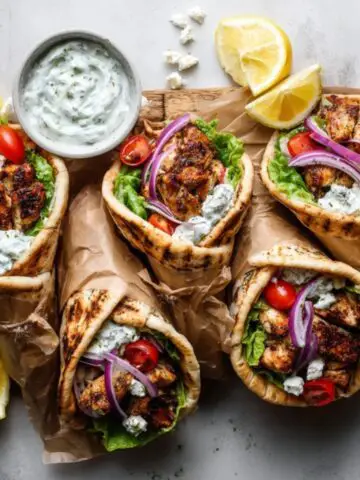
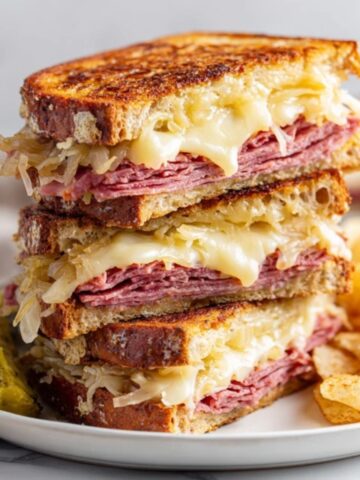
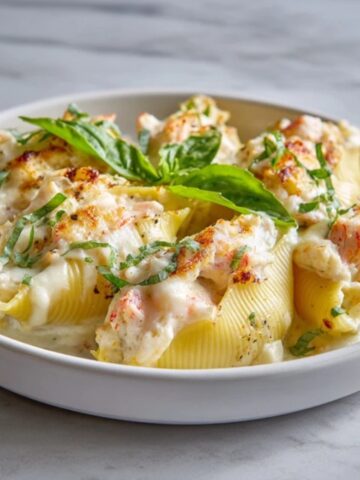
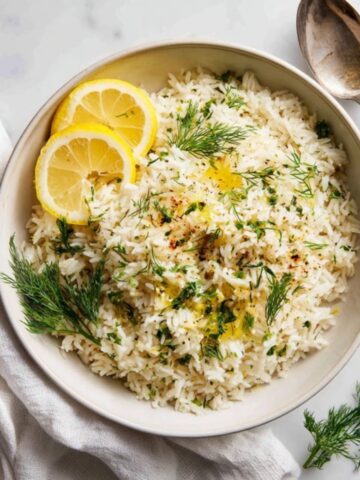




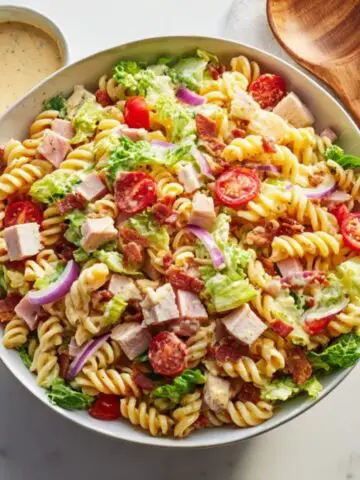

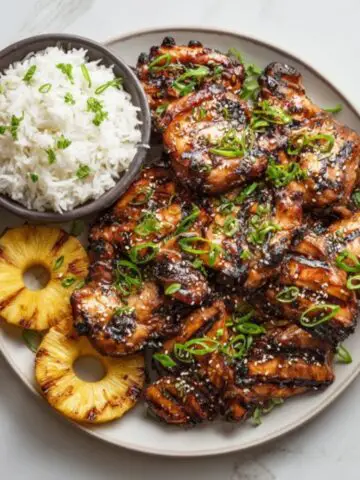
Leave a Reply